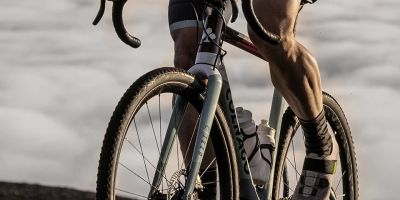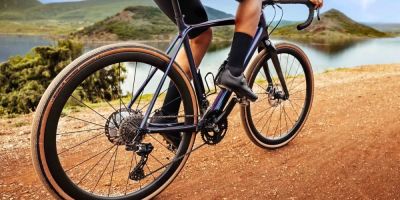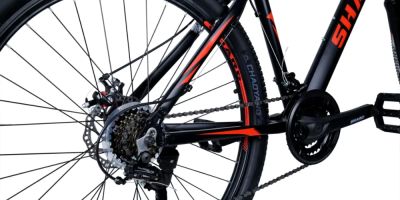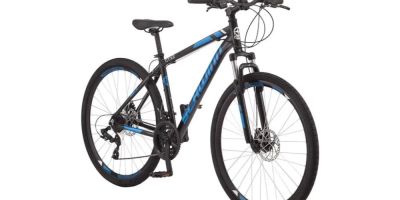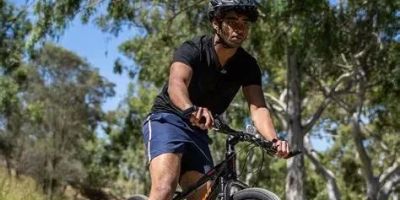Choosing the Right Lightweight Bike for Your Bikepacking Trip
When I first ventured into bikepacking, I quickly realized how crucial choosing the right bike would be. It's not just about the frame material or the wheels, but how every element of your bike works together to support your journey. Whether you're tackling rugged mountain trails or cruising along picturesque rural roads, having the right lightweight bike can make all the difference. In this article, I’ll share my experiences, insights, and tips on selecting the perfect lightweight bike for your bikepacking adventures.
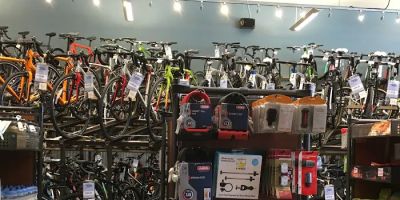
Mike's Bikes of Berkeley
1824 University Ave, Berkeley, CA 94703, USA
Why Lightweight Bikes Are Crucial for Bikepacking
Bikepacking is different from traditional biking. It's not just about speed, but endurance and comfort over long distances, carrying your gear, and navigating diverse terrains. When you’re out there for days or even weeks at a time, every ounce matters. A lightweight bike makes the journey smoother, especially when you're carrying extra gear like camping equipment, food, and tools. The last thing you want is a heavy, bulky bike slowing you down on a 50-mile stretch of tough terrain.
From personal experience, I know that a lighter bike means better maneuverability, easier uphill climbs, and less fatigue after long hours in the saddle. It’s about optimizing your energy so you can focus on enjoying the adventure rather than battling your bike.

Mike's Bikes of Berkeley
1824 University Ave, Berkeley, CA 94703, USA
Key Features to Look for in a Lightweight Bike for Bikepacking
1. Frame Material
When choosing a bike, the frame is one of the most important factors. The material used for the frame affects the weight, strength, and durability of the bike. Most bikepacking bikes are made from one of three materials: aluminum, steel, or carbon fiber.
Aluminum bikes are lightweight, affordable, and relatively durable, making them a good choice for those on a budget. Steel bikes, on the other hand, offer excellent durability and comfort, especially on longer rides. They're a bit heavier than aluminum, but they can handle rough terrain better, and they're easier to repair on the go.
Carbon fiber is the ultimate in lightweight design but comes with a higher price tag. It’s incredibly light and stiff, offering excellent performance. However, if you’re new to bikepacking, it might be best to start with a more affordable aluminum or steel frame before committing to carbon fiber.
2. Tires and Wheels
The right tires and wheels are essential for bikepacking. The tires should be durable and able to handle various surfaces like gravel, dirt, and rocky trails. Larger tires with a width of 40mm to 45mm or more provide better stability and traction on rough terrain. Plus, wider tires help to absorb shocks, reducing the strain on your body during long rides.
Choosing tubeless tires is a good idea, as they reduce the chances of flats, making your trip more enjoyable and hassle-free. As for the wheels, you’ll want something strong yet lightweight, capable of carrying your gear without losing performance over time.
3. Gearing
Bikepacking often involves varied terrain, from flat roads to steep mountain climbs. Having a reliable and versatile gearing system is essential for managing these changes in elevation. A wide gear range allows you to adapt to the terrain without overexerting yourself.
While some bikepackers prefer a single chainring setup for simplicity, others opt for a double or triple chainring system for greater versatility. If you plan on tackling mountain trails, having a lower gear range is crucial. It’s all about finding a balance that suits your riding style and the terrain you’ll be covering.
4. Suspension
For smoother rides, especially on rough or bumpy trails, suspension can be a game-changer. While full suspension bikes offer the best comfort, they tend to be heavier and more expensive. Many bikepackers prefer hardtail bikes with front suspension forks to save weight while still providing enough shock absorption for off-road trails.
If you’re riding mainly on gravel paths or forest roads, a front suspension fork should be more than enough to keep you comfortable. For more rugged terrain, however, you might consider investing in a full-suspension setup.
Packing Your Bike for a Bikepacking Trip
1. Bikepacking Bags
Once you have the perfect lightweight bike, it’s time to think about how to pack your gear. Unlike traditional biking, bikepacking requires specially designed bags that attach directly to the bike. These include a handlebar bag, seat bag, frame bag, and sometimes even a front or rear pannier.
The key is to distribute your weight evenly to maintain stability. I always make sure to pack heavier items near the center of the bike and lighter gear in the front or rear. This setup helps prevent any tipping or imbalance while riding on uneven trails.
2. Essential Gear for Bikepacking
For me, the essentials for any bikepacking trip include a reliable shelter (tent or bivy sack), a warm sleeping bag, food and cooking gear, tools for bike maintenance, and a first-aid kit. It’s easy to get carried away and overpack, but I’ve learned the hard way that simplicity is key. The lighter the gear, the better. I always aim to keep my load under 25 pounds for longer trips to maintain comfort and efficiency.
Also, don’t forget about hydration. A hydration pack or water bottles are a must, and I always bring a filter or purification tablets just in case fresh water sources are scarce.
Tips for a Successful Bikepacking Adventure
1. Plan Your Route
Before setting out on your bikepacking trip, planning your route is critical. You’ll want to know where you can resupply, where to camp, and how long it will take to get from one point to another. I’ve had a few trips where unexpected detours or lack of water sources made me adjust my plans, so it’s always good to be flexible while keeping a rough itinerary in mind.
2. Keep a Steady Pace
Bikepacking isn’t a race. It’s about endurance, so I always remind myself to keep a steady pace. Taking regular breaks is important for staying hydrated and energized. I’ve found that starting slow and building my pace over time helps me conserve energy for the long haul.
3. Prepare for the Unexpected
Even with the best planning, bikepacking can throw surprises your way. I always make sure to pack spare parts like an extra tube, tire patches, and a multi-tool. In case of an emergency, knowing how to fix a broken chain or a flat tire can be a lifesaver. Additionally, always carry a phone for emergencies and know where the nearest help is located along your route.
4. Embrace the Adventure
Finally, bikepacking is about the journey, not just the destination. The moments of peace as you ride through a quiet forest, the thrill of conquering a steep hill, or the camaraderie with fellow bikepackers you meet along the way – these are the moments that make the trip unforgettable. Embrace every challenge and enjoy the adventure.
As you plan your next bikepacking trip, remember that the right lightweight bike can make all the difference in your experience. By selecting the right bike, packing wisely, and preparing for the unexpected, you can set yourself up for a successful and enjoyable adventure.

